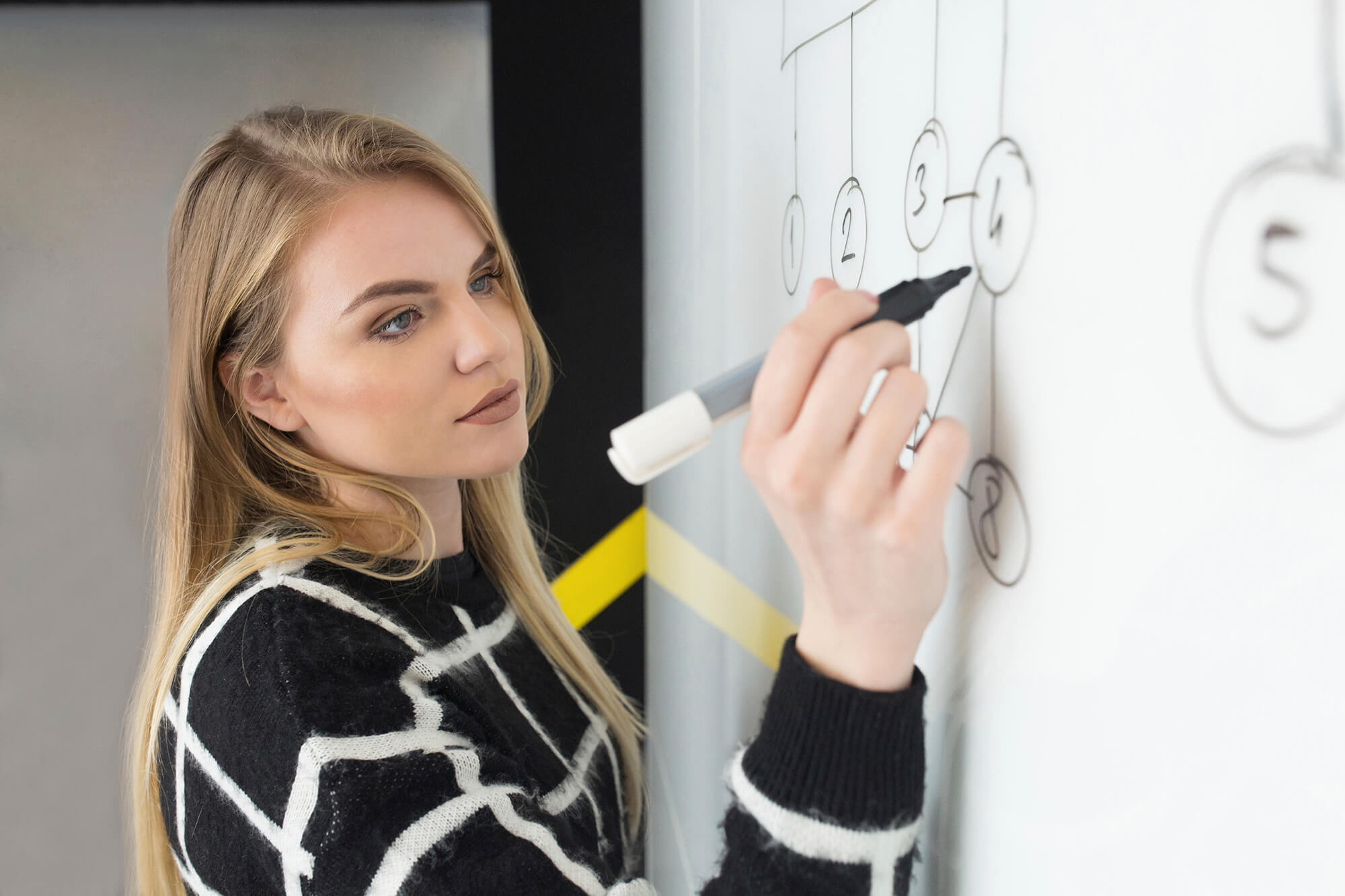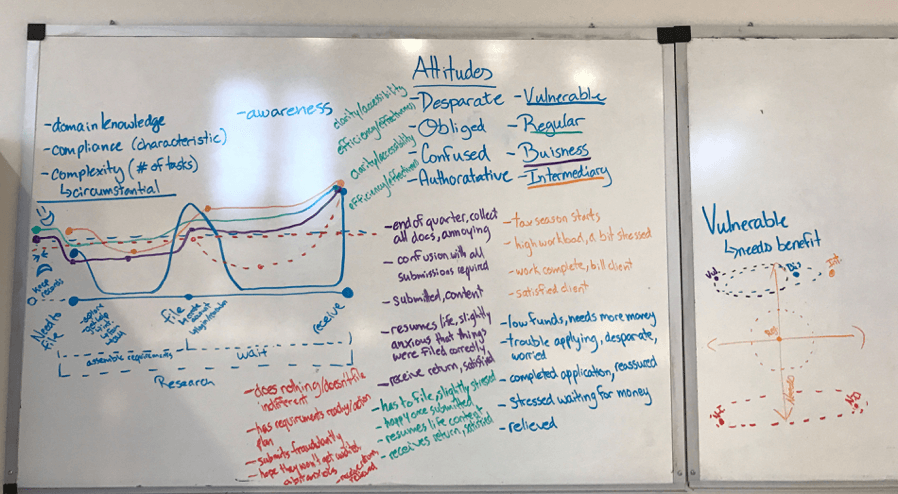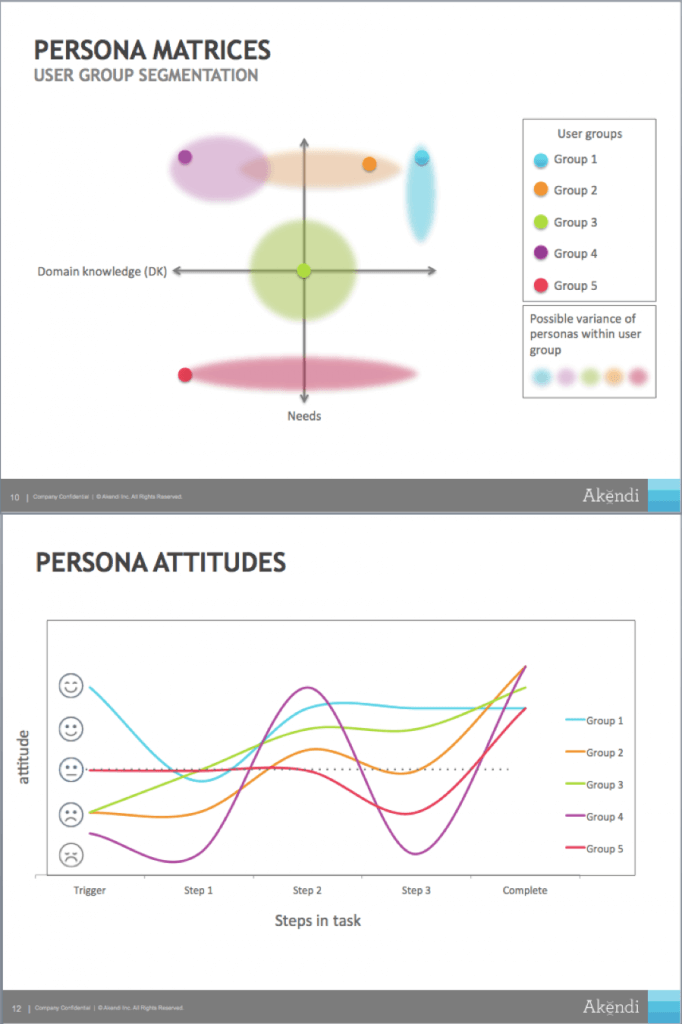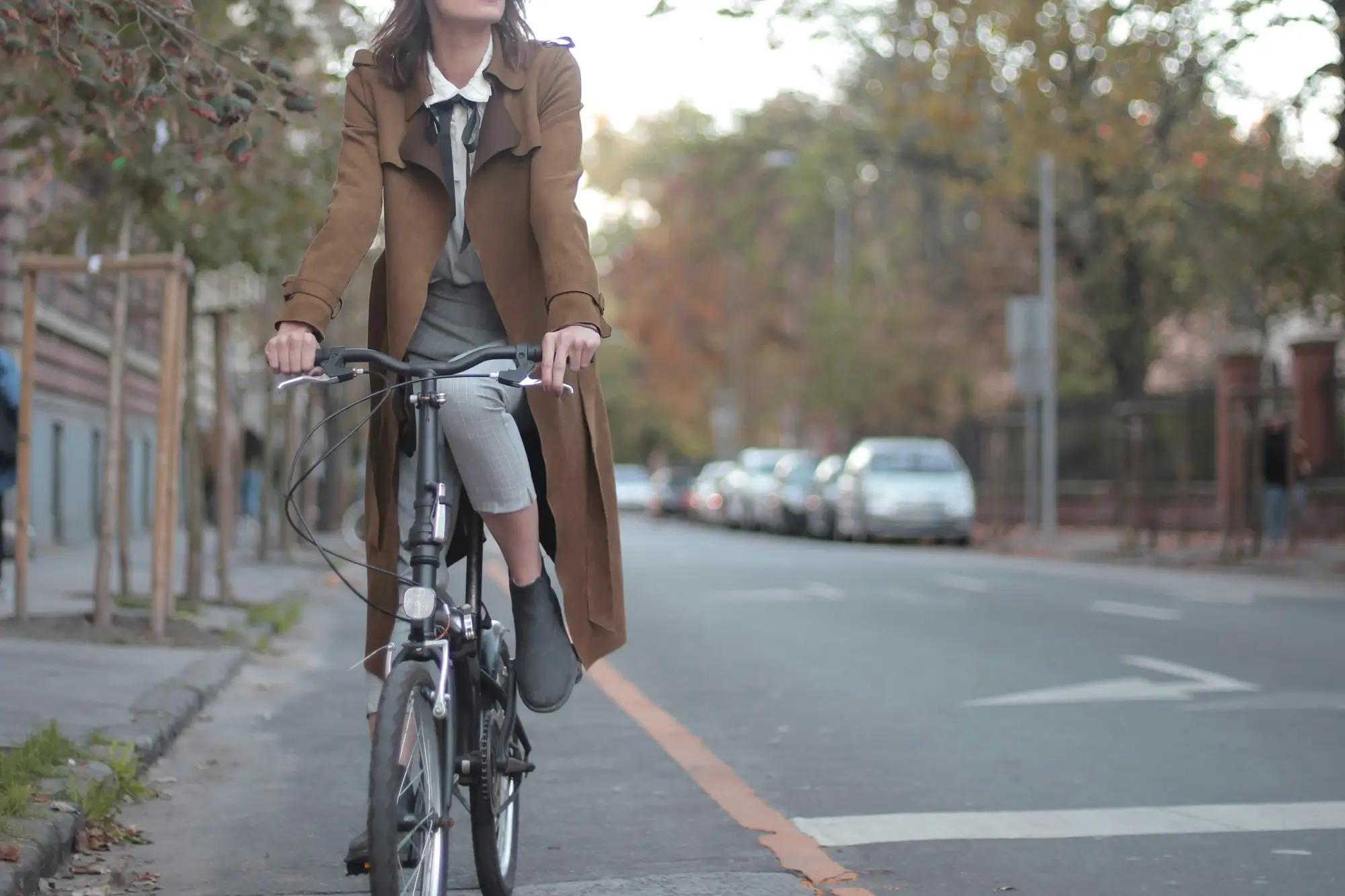
The Big Friendly Giant of UX
You have a BIG project with lots of problems to analyse and solve. Your nerves are buzzing and you need someplace or something reassuring and friendly. Your computer is too time-consuming and paper is too restrictive. You don’t hesitate to leave your desk and make your way to the giant whiteboard. You feel determined and focused as you remove the cap of your favourite coloured marker and stare the shiny surface down with conviction. You doodle and write with ease; you erase and rearrange without a qualm. Your boss strolls into the open space where you and the whiteboard are jiving. He contemplates the board, then says: “you love your whiteboard, don’t you?â€Â
Yes, I do love my whiteboard. I was in denial at first, thinking I didn’t need my BFG, but I have finally accepted my love affair and couldn’t be happier.
As my anecdote states, there are a few reasons why I love using a whiteboard, particularly to start analyzing research:
It’s Big
One can argue that a work surface on your computer is the largest design space you can use, but there’s something about a physical surface you can write on that offers a liberating feeling instead of narrowly locking yourself into a computer screen. You don’t have to worry about where to put a doodle in anticipation of your next thought because there is more than enough space.
It’s Friendly
Maybe it’s my foundation in painting and drawing but I have difficulty starting a task on a computer when it is meant to be quick and dirty. I get caught up in perfectionism and limit my creative process by over analysing and jumping to the end result. There’s something formal and slightly intimidating about computer work, whereas the whiteboard is casual and welcoming.
It’s in Your Face
The size of the whiteboard and its required proximity to your face means that you are protected from peripheral distractions. The post it notes of To-Do’s or desk clutter you should clean are out of sight and out of mind. Not to mention Facebook and emails are no longer popping out at you.
It’s Dynamic
Using a whiteboard requires you to stand, walk, step back and reach. I find that physically moving and using my body as I work is stimulating and relieves the “fidgety-ness†I often experience from sitting too long (I also have a standing desk).
It’s Collaborative
There are mixed opinions on open concept work environments. I agree that, at times, an isolated office is more conducive to productivity and focus than an open space serving a group. However, if you are in the analysis phase of a project, having the option to step out of isolation to be in a space where a team member can spontaneously walk by and offer their thoughts could be helpful. You get a fresh set of eyes on your work, giving you a different perspective and potentially getting you “unstuck†in your problem-solving.
As Roald Dahl’s BFG so eloquently put it:
“The problem with human beans is that they is absolutely refusing to believe in anything unless they is actually seeing it right in front of their own schnozzles.â€Â
Although the BFG was talking about dreams, his message holds true: putting things out in the open and seeing them with your eyes is stimulating and provocative. So put your ideas in front of your schnozzles. Let them be visible, malleable and inspirational to your next step. If you don’t have access to a whiteboard, a roll of brown paper taped to a wall is a decent alternative. I highly recommend using a whiteboard if you find yourself stuck in a creative process or if you are having trouble starting. You just might surprise and delight yourself with ideas you would have never dreamt up by staring at your computer.

-
Image 1 Getting ideas out on the whiteboard: I had not originally envisioned graphing attitudes, but it just made sense once I got working on the whiteboard. I was able to get a clear vision and, when I was satisfied with my draft work, I re-created it in record time on the computer.

-
Image 2 The digital product of my whiteboard draft. I didn’t have to waste time thinking of analysis and could completely focus on making the illustrations.
Comments
Related Articles





